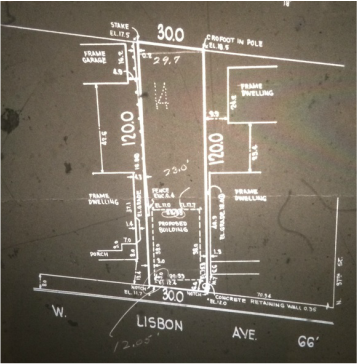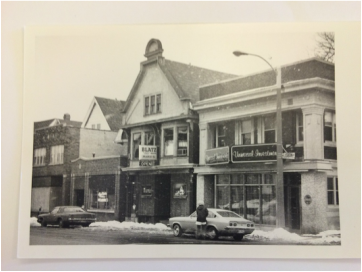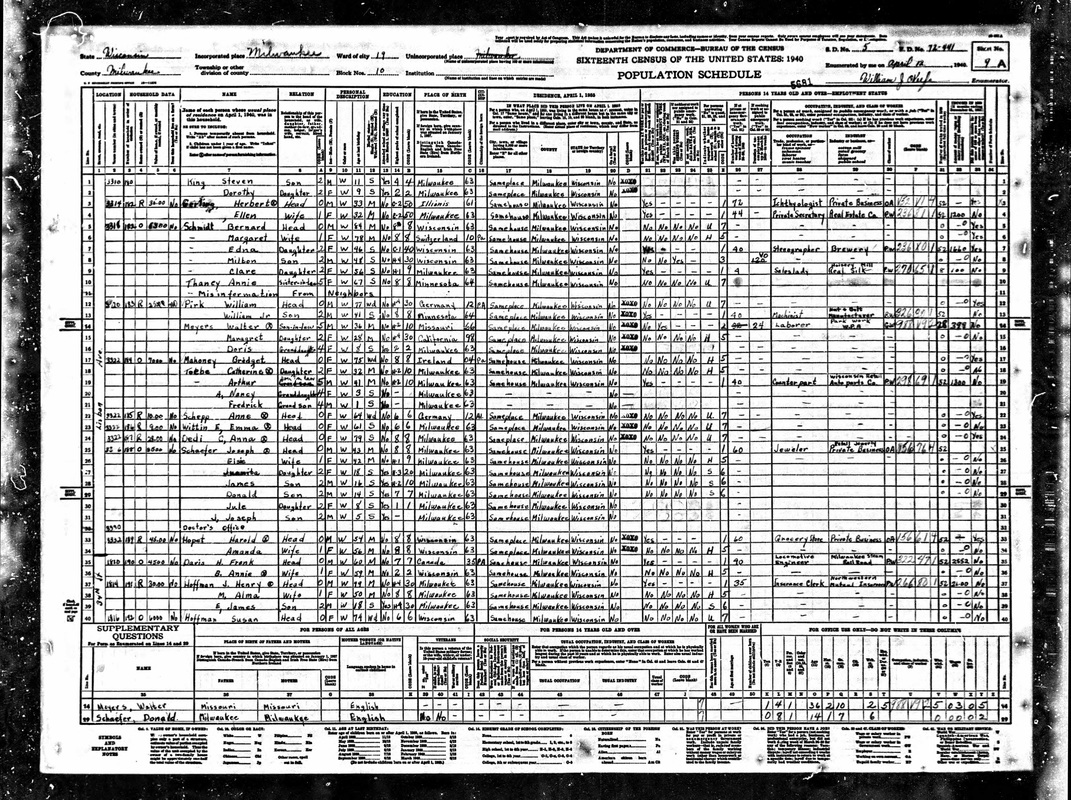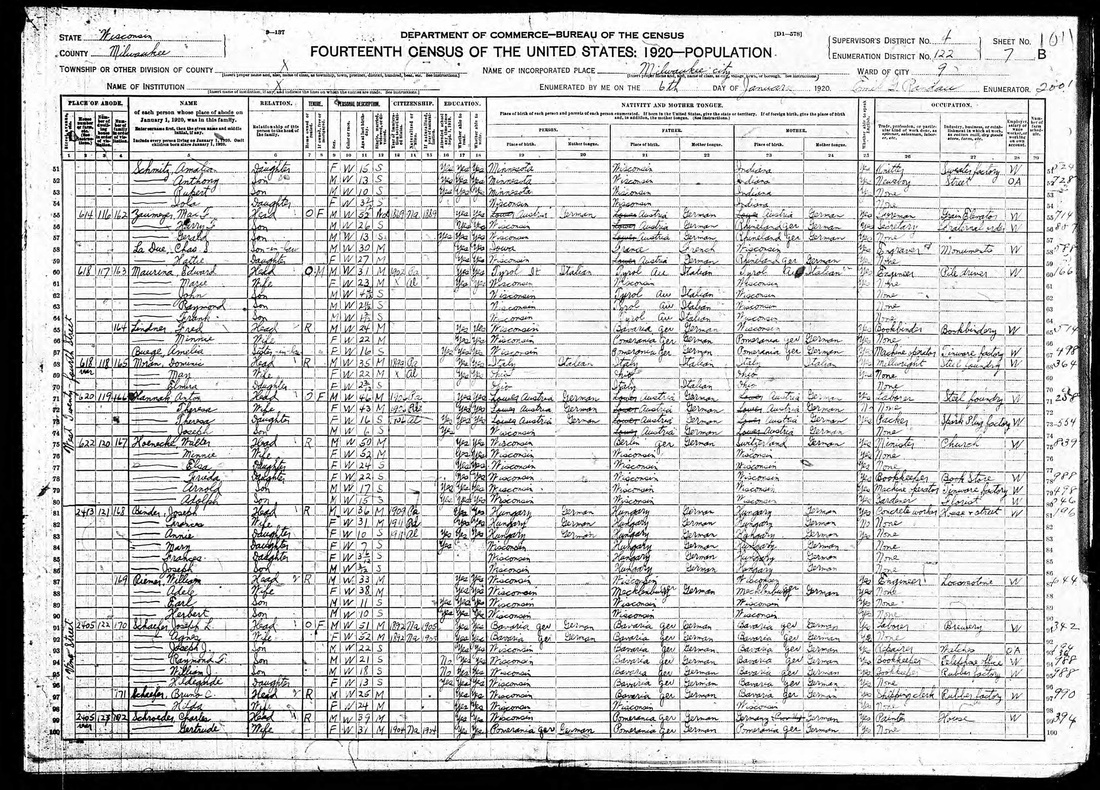Unlocking the History of Your Home
|
Uncovering the history of a house is a process that can sometimes seem a little out of reach. However, with this guide, a keen eye and a desire to learn anyone can become a house-historian.
Research- The first step in the process is research. Historical data can be gathered from many sources. These are some that were especially helpful during our search. The information found at these sites may overlap slightly so in the end the same data was sometimes gathered twice.
|




